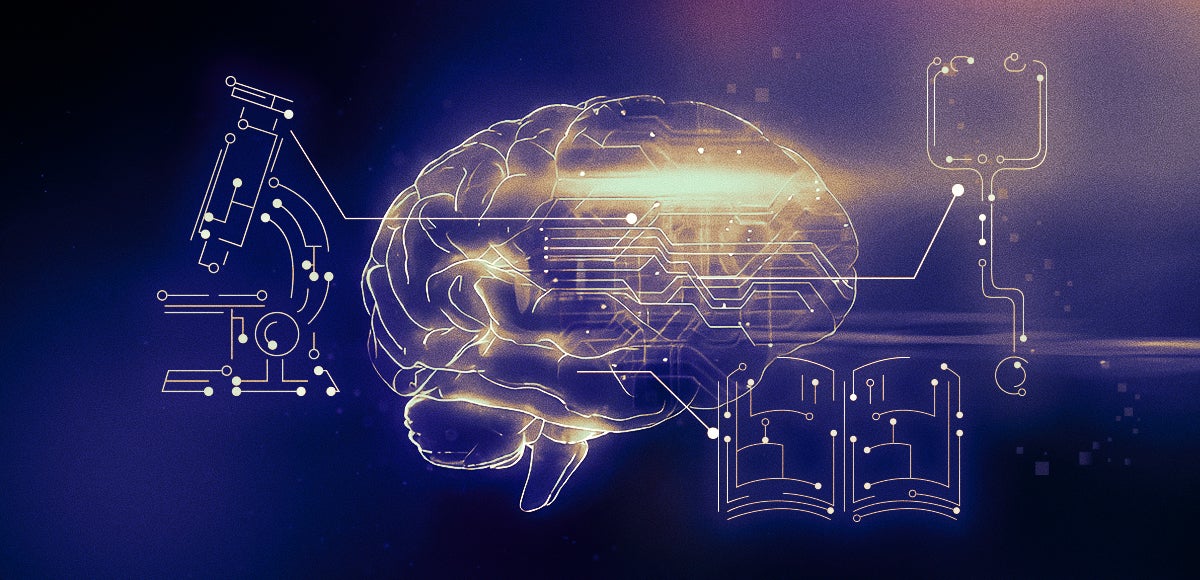Blitz News Digest
Stay updated with the latest trends and insights.
AI or Not AI: That Is the Question
Discover the ultimate showdown: AI vs. human creativity! Find out which reigns supreme in this thought-provoking blog post. Click to learn more!
Exploring the Fine Line: When is AI Truly Intelligent?
The concept of intelligence has evolved significantly with the advent of artificial intelligence (AI). While traditional definitions emphasize reasoning, learning, and adaptation, the capabilities of AI systems challenge these definitions. When is AI truly intelligent? This question becomes particularly pertinent as we develop more sophisticated algorithms that can mimic human-like responses and solve complex problems. Yet, despite these advancements, AI often lacks genuine understanding and consciousness, making it essential to explore the nuances of artificial versus human intelligence.
To better understand this distinction, we can consider several key factors that delineate true intelligence from AI:
- Contextual Awareness: Human intelligence thrives on the ability to comprehend context, while AI comprehends data in a limited framework.
- Emotional Understanding: Unlike humans, AI fails to grasp emotions or engage empathetically, which is crucial for genuine intelligence.
- Creativity and Innovation: While AI can generate innovative ideas, it often relies on existing data rather than spontaneous creativity.

The Impact of AI: Enhancing Human Decision-Making or Replacing It?
The rise of AI technology has sparked a significant debate over its impact on human decision-making. On one hand, proponents argue that AI enhances our decision-making capabilities by providing data-driven insights and predictive analytics. For instance, in sectors such as healthcare and finance, AI algorithms analyze vast amounts of data to uncover trends and patterns that would be impossible for humans to discern quickly. These tools not only streamline the decision-making process but also improve the accuracy of outcomes, allowing professionals to make informed choices that significantly enhance productivity and efficiency.
Conversely, critics express concerns about the potential for AI to replace human decision-making altogether. As machines become more adept at handling complex tasks, there is a growing fear that our reliance on them may diminish our ability to think critically and make autonomous decisions. In some industries, this could lead to job displacement and the erosion of important skills. Ultimately, the challenge lies in striking a balance between leveraging AI for its benefits while ensuring that human judgment and intuition remain integral to the decision-making process.
AI vs. Human Creativity: Can Machines Really Innovate?
The debate surrounding AI vs. Human Creativity continues to grow, especially as advancements in technology push the boundaries of what machines can do. While artificial intelligence can process vast amounts of data and generate novel ideas based on existing patterns, it often lacks the emotional depth and cultural context that characterize human creativity. For instance, AI can create music or artworks by analyzing existing styles, but it may struggle to convey the complex emotions and experiences that inspire human artists. This raises the question: can machines truly innovate, or are they merely synthesizing what they have learned from human creations?
Moreover, innovation is not just about generating new ideas; it also involves understanding and addressing the nuances of human experience. While AI systems can assist in the creative process by offering suggestions or optimizing workflows, the essence of creativity often lies in the human experience, intuition, and originality. As we explore the capabilities of AI in creative fields, we must consider whether it can genuinely replicate the innovative thought processes that define human creativity, or if it will always remain a tool that aids rather than replaces the unique spark of human imagination.